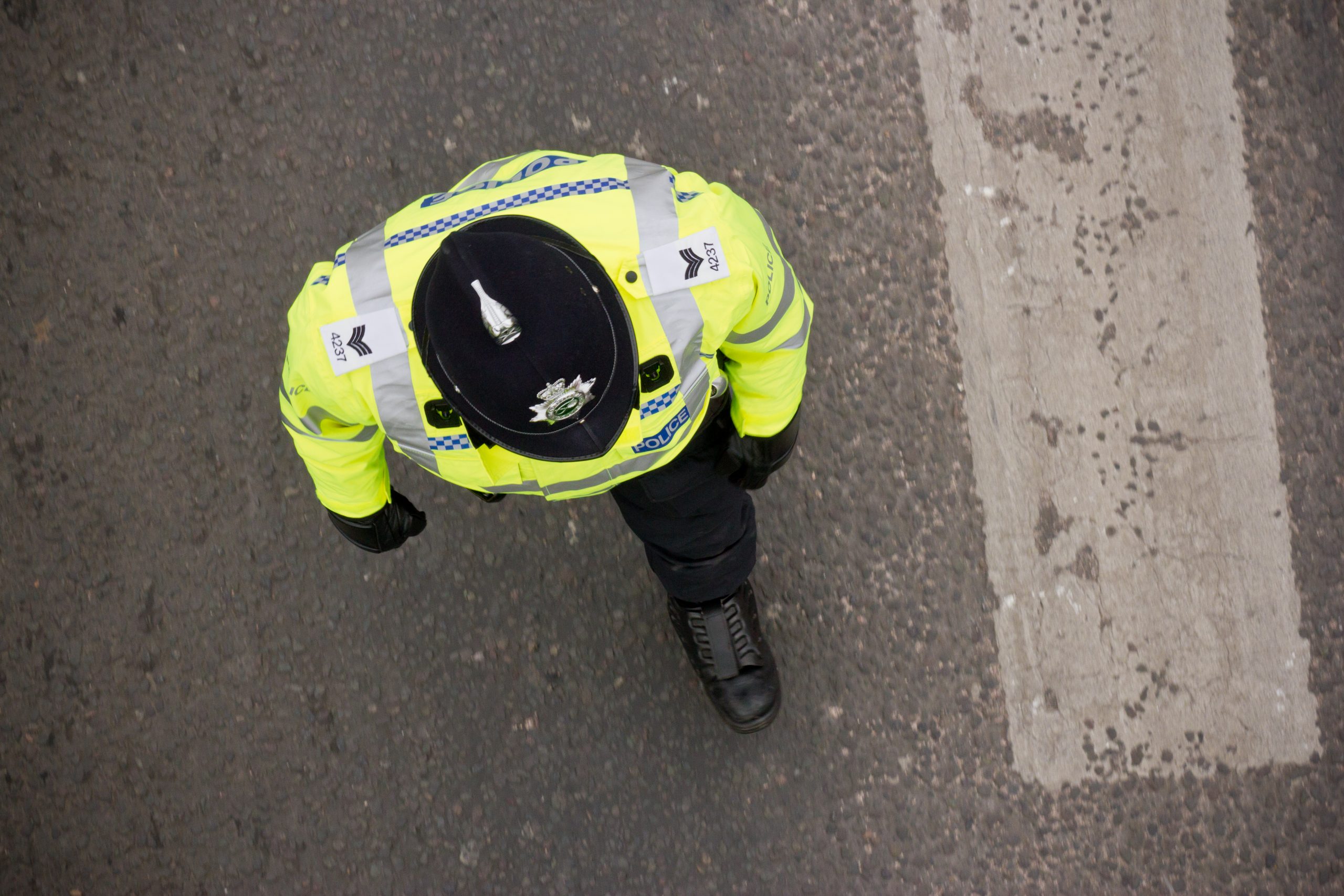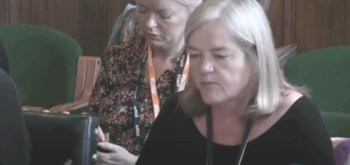Innocent people today are, perhaps, more vulnerable that they have ever been to being wrongly convicted because of a string of legislation that has lowered the burden of proof required to obtain criminal convictions. The Criminal Justice Act 2003, for instance, demolished a raft of long-standing safeguards against wrongful conviction such as allowing ‘hearsay’ and ‘bad character’ evidence and previous criminal history into criminal proceedings, practices and forms of evidence that are well established causes of wrongful convictions in other jurisdictions such as in the United States.
Real concern
Similarly, the real concern that too few rapists are brought to justice has led to a shift in the burden of proof under the Sexual Offences Act 2003 so that those accused are now required to show that consent was sought and obtained, which is something that cannot easily be proven. The legitimate concern with gang and organised crime ushered in the Criminal Evidence (Witness Anonymity) Act 2008 allowing evidence to be given anonymously, undermining the ability of defendants to cross-examine their accusers effectively and ignoring the reality that false witness testimony is an established phenomenon in debates about the causes of wrongful convictions.
Against this backcloth, efforts and adequate mechanisms to assist those who claim that they have been wrongly convicted and imprisoned have never been more vital. However, when the Criminal Cases Review Commission (CCRC) was announced, following a recommendation of the Royal Commission on Criminal Justice (RCCJ), prominent organisations such as JUSTICE and Liberty gave up providing casework assistance to alleged victims of wrongful conviction on a belief that voluntary efforts were no longer necessary. In fact, the ‘blueprint’ offered by JUSTICE for the CCRC was seen as the reform solution to the problem of the wrongful conviction of the innocent that it had long fought for.
The CCRC also resulted in a decrease in media and political interest on the basis that the extra safety net that it was thought to offer meant that wrongful convictions were no longer problems of public and political concern. In short, there was a widespread celebration that we now had a state-funded and supposedly independent public body to deal with miscarriages of justice should they arise and that efforts could be applied to more pressing areas of social justice need.
However, the CCRC is not the panacea to the problem of wrongful convictions that was widely believed as it is shackled to the criteria of the appeal courts – which stifles its claimed independence. As such, rather than assisting the innocent to overturn their convictions, it can be argued that it has set the cause against wrongful convictions back by raising the threshold for alleged innocent victims of wrongful convictions, which many of them will never be able to reach. What follows evaluates how the CCRC operates as a post-appeal remedy against miscarriages of justice. It shows that further reforms are urgently required to assist innocent victims to achieve justice.
The CCRC’s notion of safety
Public statements by senior personnel at the CCRC repeatedly claim that it cannot concern itself with whether applicants against convictions are innocent or guilty, but, rather, applies a test that seeks to determine whether alleged miscarriages of justice are likely to be unsafe along the lines of the requirements for quashing convictions in the appeal courts. This approach determines how the CCRC reviews alleged miscarriages of justice, seeking to show that the evidence (fibres, fingerprints, hairs and so on) that led to a conviction is unreliable and, therefore, that a conviction may be unsafe before it considers whether to refer a case back to the relevant appeal court. However, the CCRC is quick to remind us that that doesn’t prove that an alleged innocent victim of the wrongful conviction is, in fact, innocent. Yet, the story continues that fewer innocent people would be freed if the legal criterion that they worked to was provable innocence rather than unsafety of conviction.
Taken on face value this seems to make logical sense. Without a crystal ball, in most alleged wrongful convictions, save those rare cases where DNA proves factual innocence, it is just not possible to know if the alleged victim is innocent or guilty. But, the CCRC’s notion of safety needs unpacking to demonstrate how it fails to assist alleged victims of miscarriages of justice who may be innocent.
First, it might be thought that the CCRC’s notion of safety of convictions would relate to the factual reliability or otherwise of the evidence that underpinned the conviction. However, the standard of safety applied by the CCRC is not an objective one. Rather, section 13(1)(a) of the Criminal Appeal Act 1995 requires the CCRC to only refer cases back to the relevant appeal court if there is a ‘real possibility’ that the conviction will not be upheld – i.e. that it will be quashed. As such, the CCRC is not independent as claimed. Instead, it is best viewed as a gatekeeper for the appeal courts. It is always in the realm of trying to second-guess how the appeal courts may deal with any cases that are referred back. And all decisions made need to be understood within this context.
Further, section 13(1)(b) of the Criminal Appeal Act 1995 restricts the CCRC to consider, except in exceptional circumstances, only evidence or argument not raised in the proceedings that led to the conviction or on any previous appeal or leave to appeal. This means that even in cases where there is a credible claim of innocence the CCRC is unlikely to refer the conviction if the evidence of innocence is not fresh and it, therefore, does not think that the conviction will be overturned.
A key consequence of the requirement that the CCRC restrict itself to fresh evidence is that it is often helpless when confronted with applications in which applicants argue that they are innocent and the evidence against them at trial was unreliable. For instance, a judge may decide at trial that a potentially unreliable form of evidence is admissible, such as an eye-witness identification that was obtained in breach of PACE that was known before trial. If a jury, having heard all of the arguments and given a Turnbull direction, still decided to convict the CCRC would not be able to go behind the jury’s verdict even though the conviction might be factually unsafe and the applicant may, in fact, be innocent.
Similarly, in cases involving expert evidence, if an applicant is able to find additional experts post-appeal that support the defence case at trial, the CCRC will tend not to see the case as having a real possibility in the appeal courts as the arguments are not new, even though the applicant might be innocent and there is sound scientific evidence to substantiate the applicant’s claim.
This is all the more problematic in light of the legislative changes outlined above as inherently unreliable forms of evidence are increasingly seen as admissible in criminal trials. Crucially, if wrongful convictions are obtained in accordance with due process and without any procedural irregularity, despite the unreliability of the evidence, the CCRC’s lack of independence from the judiciary means that it is unlikely to be able to rectify them.
This reveals how the CCRC undertakes its reviews of alleged miscarriages of justice. It does not tend to undertake thorough inquiries to investigate whether the evidence that led to the conviction is reliable or to seek out new scientific techniques that may positively prove whether an applicant is innocent. Rather, ‘desktop reviews’ are, generally, undertaken to identify those very rare cases (in a statistical sense based on the number of applications that it receives and refers) that may contain fresh evidence and may be overturned by the appeal courts.
Reforms needed
In addition to dealing with alleged wrongful convictions, the CCRC also deals with a range of other issues such as sentence matters, technical miscarriages of justice such as cases where murder convictions should be quashed on the grounds of diminished responsibility, and cases that might be deemed more trivial such as road traffic offences and destruction orders under the Dangerous Dogs Act 1991.
However, alleged wrongful convictions by those who claim to be factually innocent were the driving force behind the establishment of the CCRC. Infamous cases such as the Guildford Four and the Birmingham Six induced a public crisis of confidence in the entire criminal justice system, prompting the RCCJ, which recommended the establishment of the CCRC, to allay concerns that innocent people were unable to overturn their convictions.
Yet, the foregoing critique of the CCRC’s operations is intended to illustrate just how far it is detached from its public mandate to assist those who may be genuinely innocent victims of wrongful conviction. And, although it can be legitimately argued that this is not the fault of the CCRC, which is required by statute to perform the functions that were remitted by parliament, it remains equally true that the CCRC remit and mode of operation are in need of reform if it is to be a truly independent body to assist innocent victims of wrongful conviction.
First, the CCRC needs to be independent from the appeal courts. The ‘real possibility’ test has to be removed and the CCRC should be able to refer any cases in which it believes that a wrongful conviction of an innocent person might have occurred, referred to as actual innocence claims in the United States.
Second, this would have a knock-on effect in terms of the CCRC’s remit of how it reviews alleged wrongful convictions, which should not be restricted to fresh evidence. Akin to public enquiries, this would entail thorough reinvestigations, as opposed to paper reviews, of the credibility of evidence, whether in the form of witness testimonies or scientific evidence, to get to the bottom of whether claims of innocence are valid.
Third, the CCRC must be permitted to acknowledge that forms of evidence, even if deemed to be admissible by trial judges, are potentially unreliable and that juries make mistakes. These points were made in the reports by the RCCJ and JUSTICE (Remedying Miscarriages of Justice) almost 20 years ago but are yet to be put into effect.
Fourth, all referrals by the CCRC should be deemed to be first appeals; that is, they should be afforded the same status as the powers of the home secretary’s under section 17 of the Criminal Appeal Act 1968 under the previous system for reviewing alleged miscarriages of justice. This would free the CCRC from the current fresh evidence criteria and further enable it to operate independently and to refer cases of applicants thought to be innocent in the wider interests of justice.
From past experience, successive CCRC chairs and commissioners have not been receptive to critiques of its limitations in assisting the innocent. Rather than openly acknowledging its statutory straightjacket it has promulgated the idea, both in the UK and around the world, that it is a state-sponsored innocence project and a champion of justice. This guise is increasingly unsustainable as more alleged victims of wrongful conviction who have been let down by the CCRC despite having plausible claims of innocence come to the fore and expose its inherent defects.
Many thanks to Gabe Tan for her assistance with this essay. This essay appears in the JusticeGap’s Wrongly Accused which you can download here.






